By Susanne von Rosenberg, UC Master Gardener of Napa County
Some gardening advice seems so sensible or obvious, or has been repeated so often, that we “know” it to be true. As gardeners, we need to be careful about falling prey to myths. In this column, we'll explore some widespread gardening myths, although perhaps I should call them confusions.
We are usually told that wilting leaves indicate that a plant needs water. This is often the case, and you can check to see if your soil is dry. But there are other reasons that a plant's leaves could be wilting.
If the soil is waterlogged, the oxygen that roots need to grow is replaced with water. This happens often to plants in containers without drainage. Plants may also become waterlogged in compacted soil that doesn't drain well. When roots lack oxygen, they can't supply water to the rest of the plant. The leaves continue to photosynthesize and to use water. By forcing roots to shut down, waterlogged soil leads to wilted leaves.
Fungal or bacterial disease can also cause leaf wilt. Fusarium and verticillium are common in local soil. These fungi block the plant's water transport structures, causing leaves to wilt even when there is plenty of soil moisture. Often the entire plant dies.
Keeping your soil too moist can promote fungal disease. Another culprit for wilting leaves is animal damage to the roots. Gophers, nematodes and other insects feed directly on roots, and other animals may create tunnels that drastically reduce root contact with surrounding soils.
Another possible cause of wilting is overfertilizing or excess salt in the soil. Always follow the directions on any packaged fertilizer, and be aware that steer manure is relatively high in salt.
You may have heard that bark chips are a better mulch for your perennial woody plants than tree chips. Some say that tree chips could contain disease-causing organisms or compounds that inhibit the growth of other trees.
Neither of these concerns has been documented as a significant issue. Conversely, bark chips, while a more attractive mulch than tree chips, have poor water retention. Tree bark is designed to prevent water loss. It contains a waxy compound, suberin, that repels water.
Tree chips, on the other hand, consist mostly of inner wood, which has the capacity to absorb and hold moisture. Depending on where the logs were stored before the bark was collected and chipped, bark chips can also contain weed seeds. Tree chips are more environmentally friendly, too, because they are local. By using them, you are reducing the amount of material that needs to be processed in a composting facility.
While we're talking about mulch, let's explode the myth that there is any permanent solution for weed control other than paving over your yard. Landscape fabric, which differs from black plastic mulch in having small holes for air and water exchange, is often touted as a permanent solution. It is used in commercial vegetable and ornamental plant production, where it is successful at keeping weeds out. It can also be easily removed and replaced each year.
However, landscape fabric is not good for permanent weed control around perennials. If left exposed, the fabric can degrade in a year. If you cover it with mulch or allow plant debris to accumulate on top of it, weeds will colonize the plant material or mulch and grow through the fabric, making it difficult to remove.
You can cover the fabric with gravel, but you'll still need to keep removing the weeds that manage to colonize gravel-covered fabric. Your plants may also grow into the fabric, so when you remove the fabric, you damage their roots.
As the fabric degrades, you'll have a clean-up and aesthetic headache, with lots of shredded bits. (I know this from personal experience.) Gophers can exert so much pressure building mounds under the fabric that the fabric rips. If it doesn't rip, you end up with exposed landscape-fabric-covered mounds.
Unfortunately, there is no magic bullet for weed control. You can reduce them, but you still need to remain vigilant no matter what method you use. Organic mulches are best as they improve soil texture and health and can be replenished as needed. Couple them with targeted watering.
If you want to learn more about garden myths, Dr. Linda Chalker-Scott, an extension horticulturist and associate professor at Washington State University, has a wonderful website that discusses all sorts of common Horticultural Myths.
Food Growing Forum: Napa CountyMaster Gardeners will present a discussion of “Perennial Vegetables, Garlic and Alliums” on Sunday, October 10, from 3 p.m. to 4 p.m., via Zoom. Register here to receive the Zoom link.
Free Guided Tree Walk: Join Master Gardeners of Napa County for a tree walk in Fuller Park in Napa on Tuesday, October 12, from 10 a.m. to noon. Limited to 12 people per walk. COVID safety protocols will be followed. You will be asked health questions and asked to sign in. Face masks and social distancing are required. Register here.
Got Garden Questions? Contact our Help Desk. The team is working remotely so please submit your questions through our diagnosis form, sending any photos to mastergardeners@countyofnapa.org or leave a detailed message at 707- 253-4143. A Master Gardener will get back to you by phone or email. For more information visit http://napamg.ucanr.edu or find us on Facebook or Instagram, UC Master Gardeners of Napa County.
Attached Images:
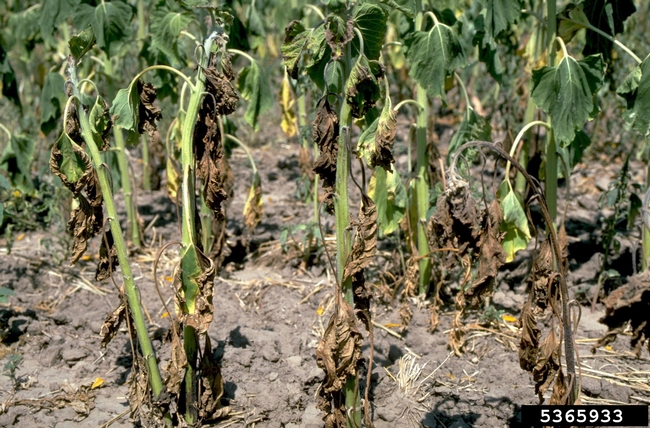
Not all wilted leaves are caused by lack of water. (gardeningknowhow.com)
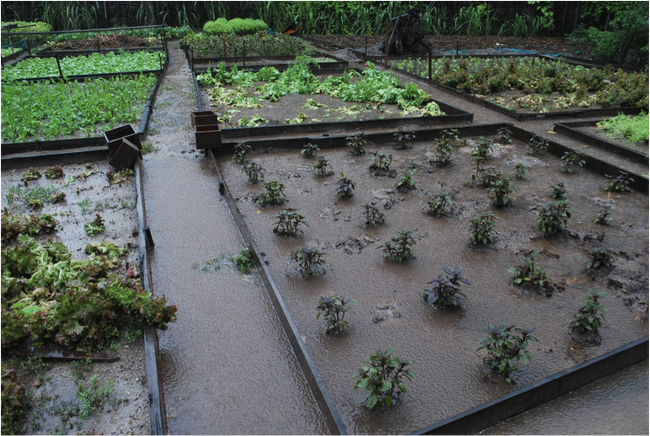
Waterlogged soil could be a cause for wilted leaves. (greenmylife.in)
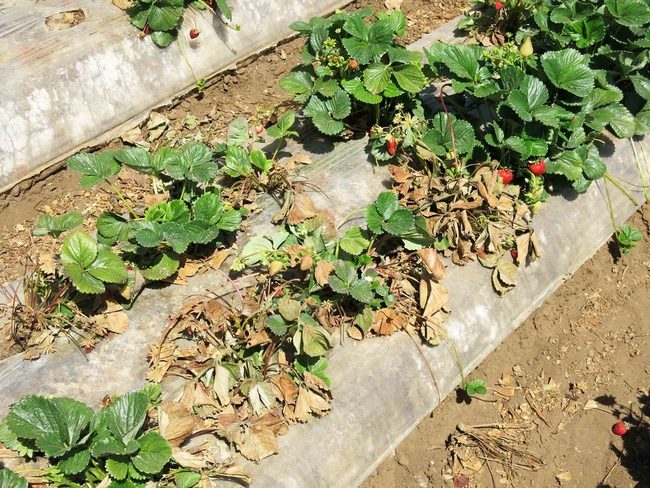
Fusarium wilt in strawberry. Known to affect tomatoes, too. (ucanr.edu)
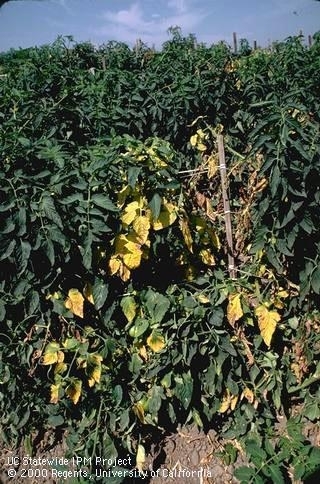
Verticillium wilt on tomatoes. Caused by a soil fungus. (ucanr.edu)
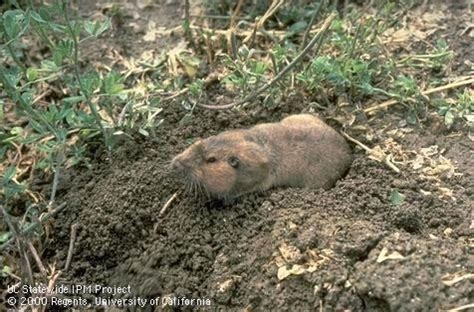
Vertebrate pests damage roots, leading to loss of water to leaves. (ucanr.edu)
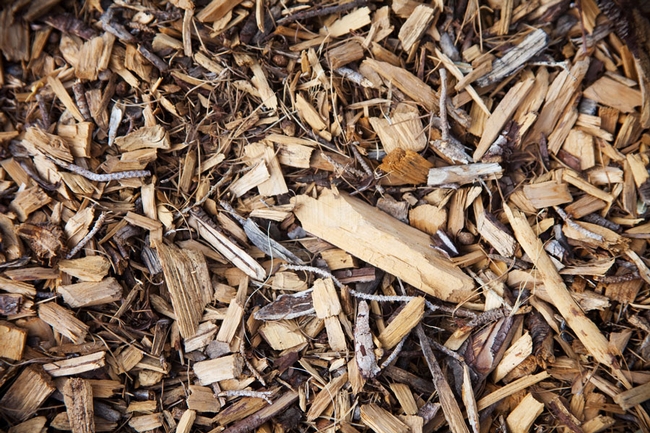
Using tree chips instead of bark chips conserves water. (sonorantreesvc.com)
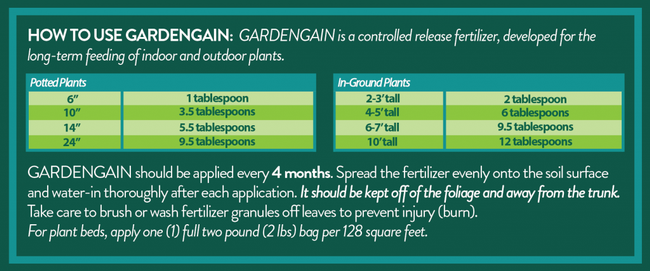
Read the label. Follow directions exactly. (bgi-usa.com)
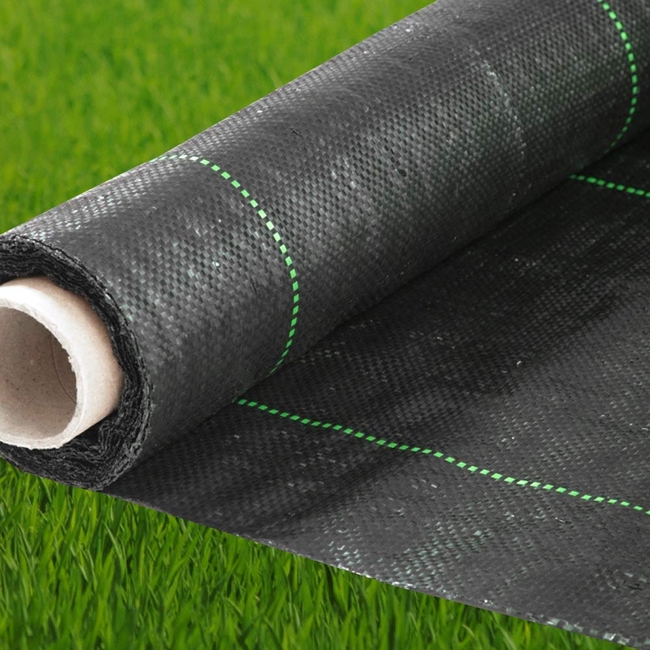
Woven landscape fabric is water and air permeable. (flowerarmor.com)
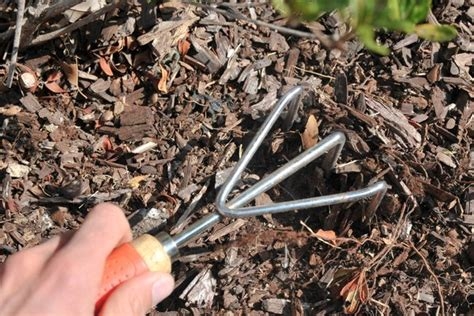
Weeds -do- grow through landscape fabric, and mulch. You might have fewer weeds, but they'll still need to be removed! (homeguides.sfgate.com)
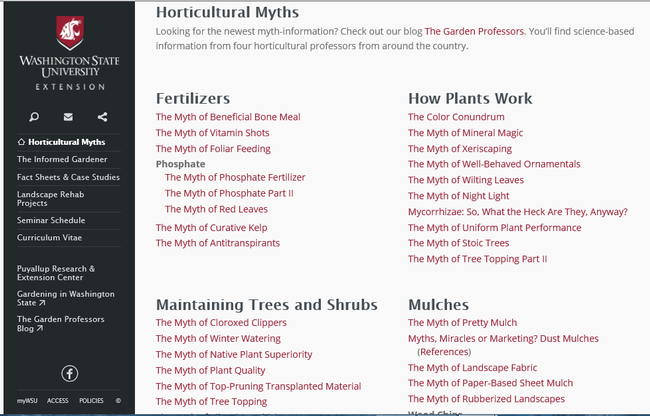
Blog, Linda Chalker-Scott Horticultural Myths (pinterest.com)